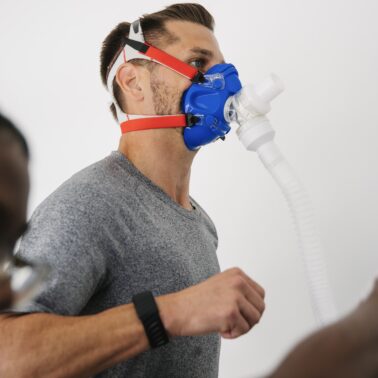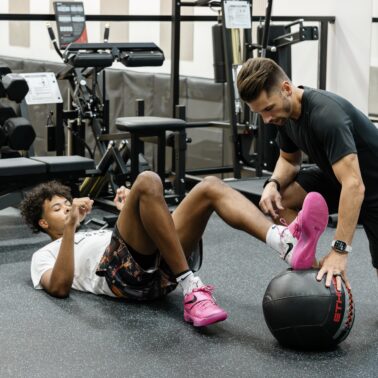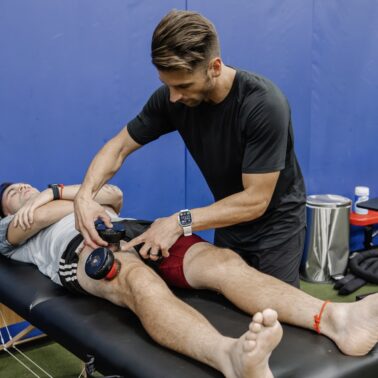Approximate read time: 11 minutes
“Better input creates better output. Movement quality starts with sensation. The more you feel the floor, the less your body has to guess.”
What You will learn
- Sensory input from the feet and hands drives movement quality and joint alignment.
- Center of pressure alters joint mechanics and posture in both upper and lower body exercises.
- Footwear influences how we perceive the ground, which affects pain and performance.
- The Homunculus explains why small sensory areas—like hands and feet—have oversized effects.
- Practical footwear and exercise strategies can reduce pain and improve motor control.
Introduction: A Story Beneath Your Soles
Ever stepped on a tiny rock inside your shoe? That millimeter-sized pebble will completely hijack your attention—far more than a scrape on your calf ever would. Why? Because your feet are wired for awareness. They are one of the most densely packed sensory regions on your body, right up there with your hands, mouth, and teeth. This simple truth is foundational to understanding how barefoot training, footwear choice, and even hand placement influence how we move, how we load, and how we hurt.
As a physical therapist and performance coach, I’ve seen athletes improve movement not by training harder, but by simply feeling better—more accurately, more intentionally.
In this article, we’ll explore the neurophysiology behind sensation and movement, connect primal quadrupedal patterns to upright locomotion, and provide practical strategies for leveraging sensory input to improve movement quality and reduce injury risk.
The Homunculus: Why Feeling is Function
The cortical homunculus is a visual representation of the human body mapped according to sensory nerve distribution in the brain. If you’ve never seen it, imagine a distorted human figure with grotesquely large hands, lips, feet, and teeth—these areas take up disproportionately large real estate in the somatosensory cortex.
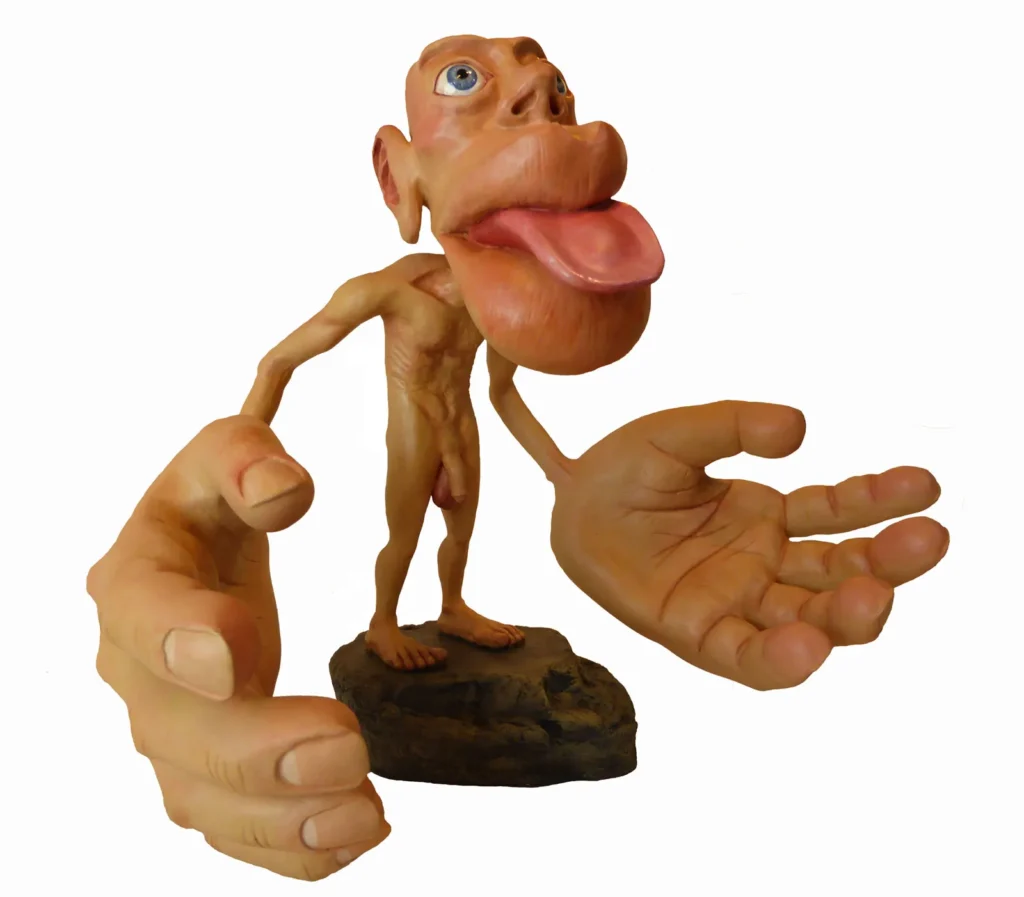
Why does this matter? Because sensory-rich areas provide critical feedback that helps regulate movement. A cut on your arm might go unnoticed, but a splinter in your finger will demand immediate attention. The same is true for your feet—minor sensations like a sock seam or uneven surface will drive massive shifts in posture and muscle activity.
When you ignore this input—or worse, dull it with overbuilt shoes—you rob the body of crucial information. That loss can compound into dysfunctional movement patterns, compensatory strategies, and ultimately, pain.
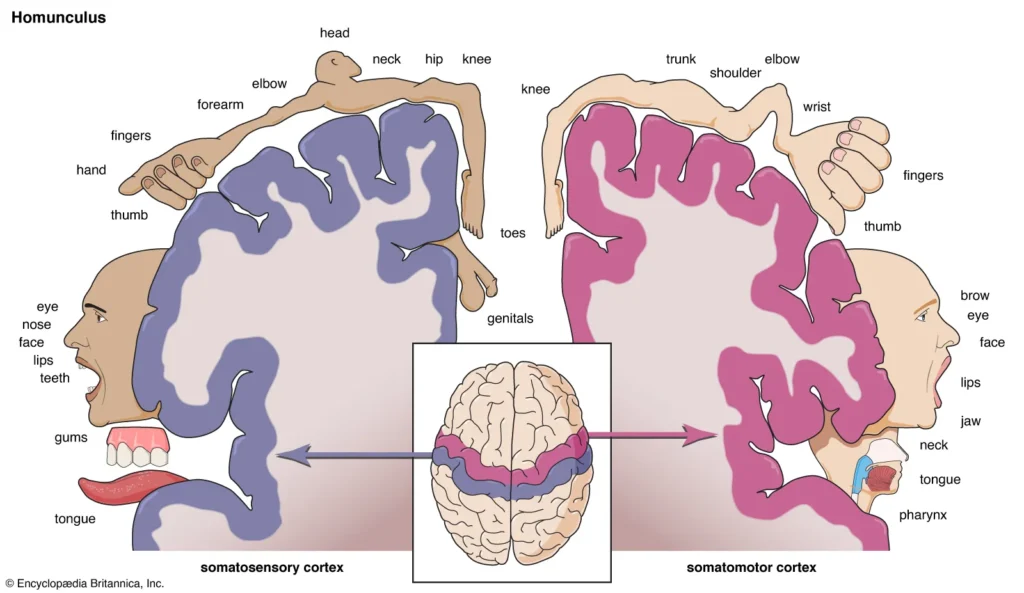
Center of Pressure: The Hidden Lever in Movement
Whether you’re squatting, pushing a sled, or doing a handstand, your center of pressure (COP) determines how load is distributed across your joints. COP is the point where your body exerts force onto the ground and vice versa. Think of it like the fulcrum of a lever—move it slightly, and the entire system shifts.


- More heel pressure during a squat will promote posterior chain activation and shift your center of mass backward.
- More forefoot pressure will shift you forward, increasing quadriceps load and anterior knee stress.
- Lateral foot pressure biases external rotation at the hip and knee, influencing lower limb alignment.
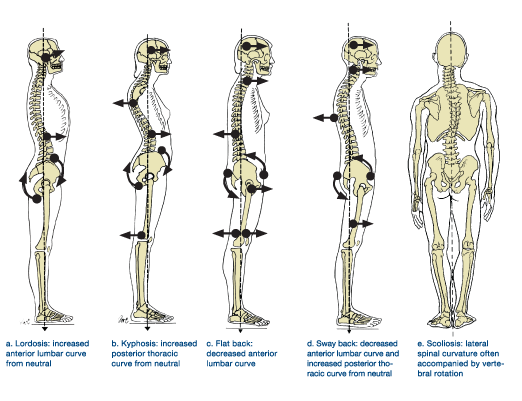
This applies to the upper body too. During push-ups or dumbbell pressing, a shifted hand position alters shoulder mechanics. Pressing through the outside of your palm versus the index finger pad can dramatically change scapular control and rotator cuff recruitment.
100% Free Access
Take Control of Your Performance and Stay Injury-Free
Discover the 5 powerful tools of the proven 3P Injury Prevention Toolkit + receive weekly emails that will help you improve performance and live pain free (and the latest podcast news)
Quadruped to Biped: Evolution’s Sensory Blueprint
We evolved from quadrupeds. As infants, we crawl before we walk, using our hands and feet as a connected system. This relationship never disappears, but modern training tends to overemphasize feet and underemphasize hands.
Consider two practical applications:
- Rotator Cuff Pain: When you grip harder during pulling or pressing exercises, you enhance rotator cuff activation via a neurological phenomenon called irradiation. The tension from your hand sends a signal upstream to stabilize the shoulder.
- Wrist Position in Pressing: Many of us press with extended wrists, unknowingly altering recruitment patterns in the shoulder. This is no different than squatting on a ramp vs. flat surface—joint angles drive neuromuscular activation. Maintaining a neutral wrist while pressing optimizes shoulder mechanics.
In both cases, the quality of sensation in your hands alters how you move at more proximal joints—just like the foot does to the knee and hip.

How Footwear Shapes Sensory Feedback
All shoes are not created equal. Footwear can either enhance or block sensory feedback, much like wearing oven mitts vs. bare hands to type on a keyboard.
- Nike Metcon: Low-profile, stable, and flat—ideal for athletes who need ground contact and responsiveness. You feel more.
- Hoka: Highly cushioned and elevated—designed for shock absorption, but dulls sensory feedback. You feel less.
When choosing footwear, the goal isn’t good or bad—it’s appropriate. A sprinter may benefit from sensory-rich spikes. A recovering runner with bone stress may need cushion. It’s about aligning sensory input with movement goals.
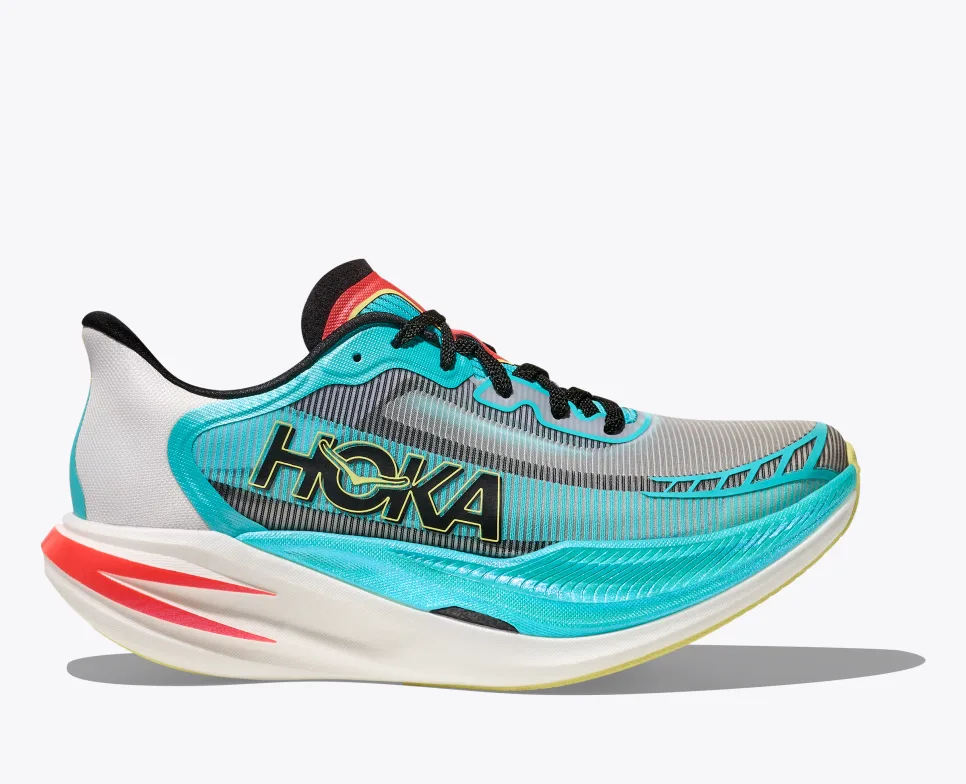

Practical Solutions by Movement Type
1. Running & IT Band Syndrome
- Problem: Excessive tension on the lateral kinetic chain.
- Solution: Choose a shoe that allows you to pronate—in other words, to feel the medial arch and first metatarsal. Shoes that bias supination (rigid or elevated laterally) can exacerbate lateral tension.
2. Squatting & Anterior Knee Pain
- Problem: Excessive forward translation of the knee from poor posterior chain engagement.
- Solution: Use a shoe with an 8–10mm heel drop (like a weightlifting shoe or heel wedge) to facilitate posterior weight shift. More heel, less toe = less patellar load.
The Golden Thread: Sensory Input as the Driver
Ultimately, the quality of movement is driven by the quality of input. The more you can feel the ground (or a barbell, or a medicine ball), the more refined your motor output. Think of your nervous system like a GPS: if the satellite signal is fuzzy, your route is inefficient. Clean input leads to clean output.
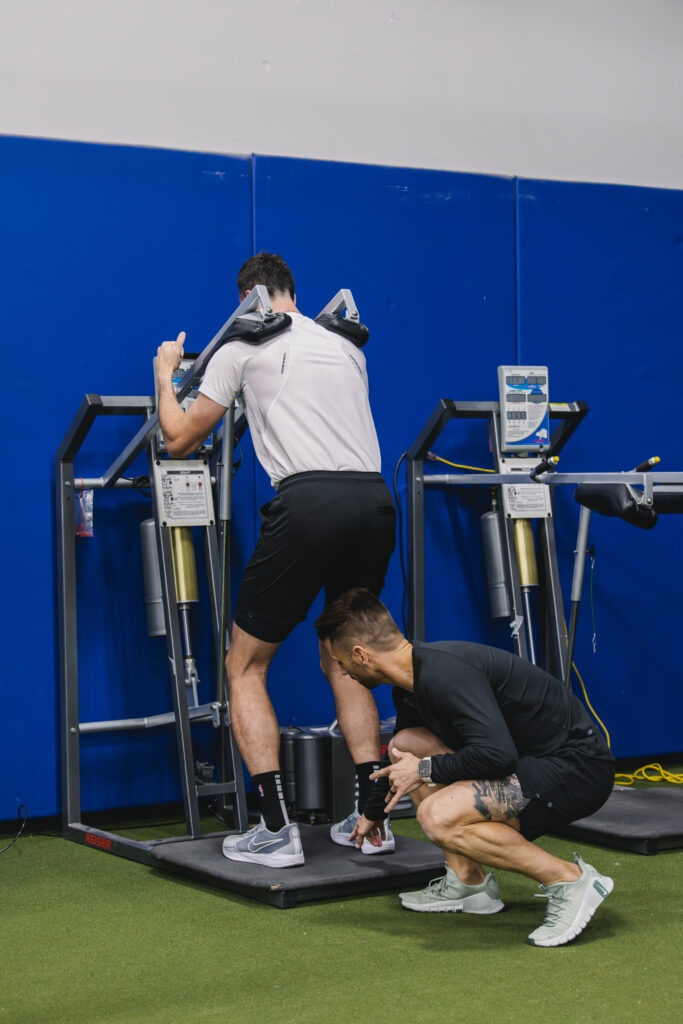
Final Thoughts
Movement tells a story. Chronic foot supination or wrist extension isn’t random—it’s often the brain’s solution to unclear or missing information. By improving what you feel—through barefoot training, appropriate footwear, or intentional hand and foot placement—you can reclaim control over how you move.
And when you move better, you not only perform better—you hurt less.

Insightful Videos
Subscribe today to Adam’s YouTube channel to get the latest on rehab, training, sports science, and so much more!

